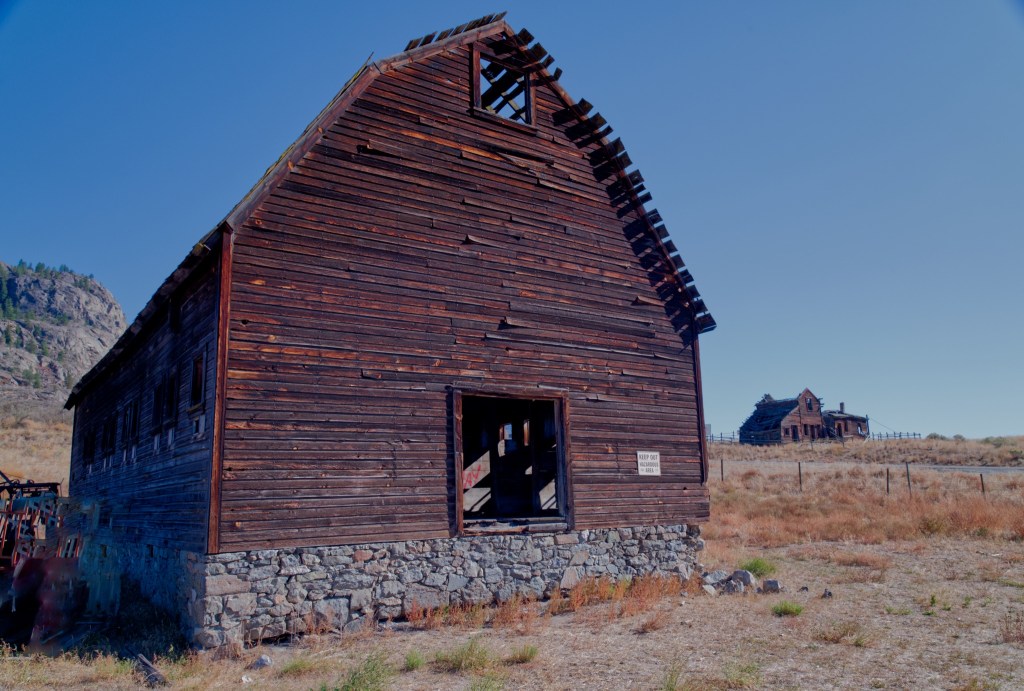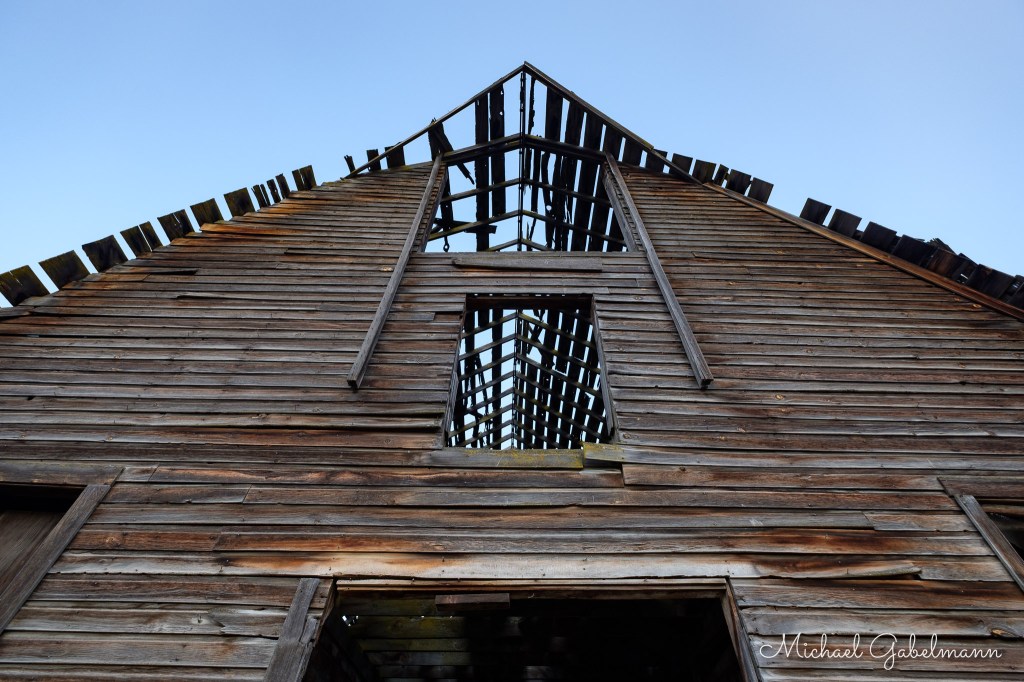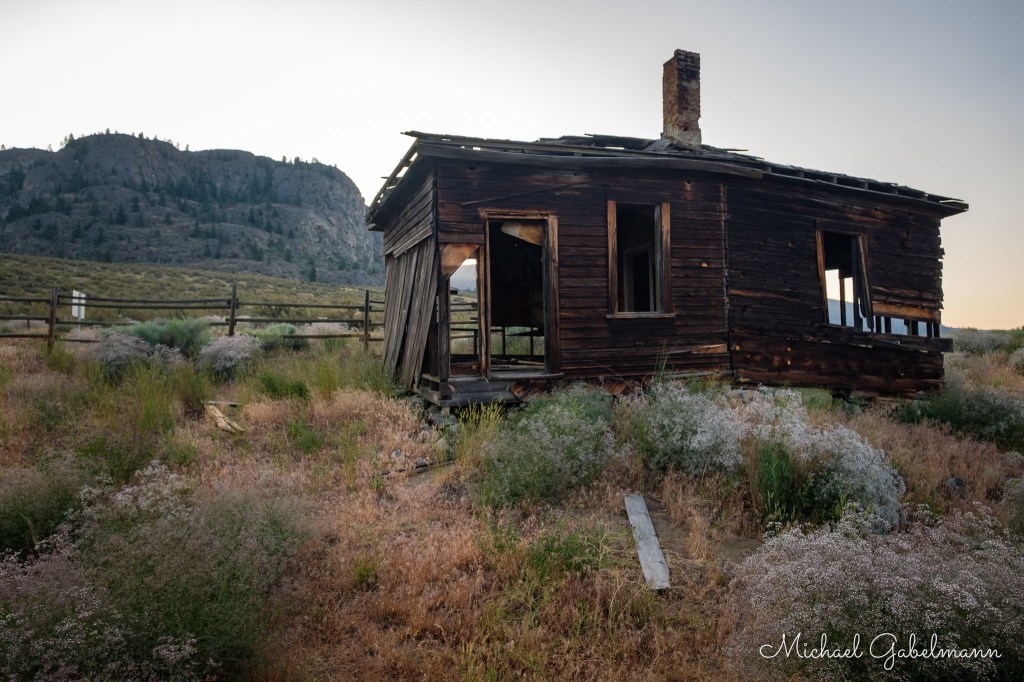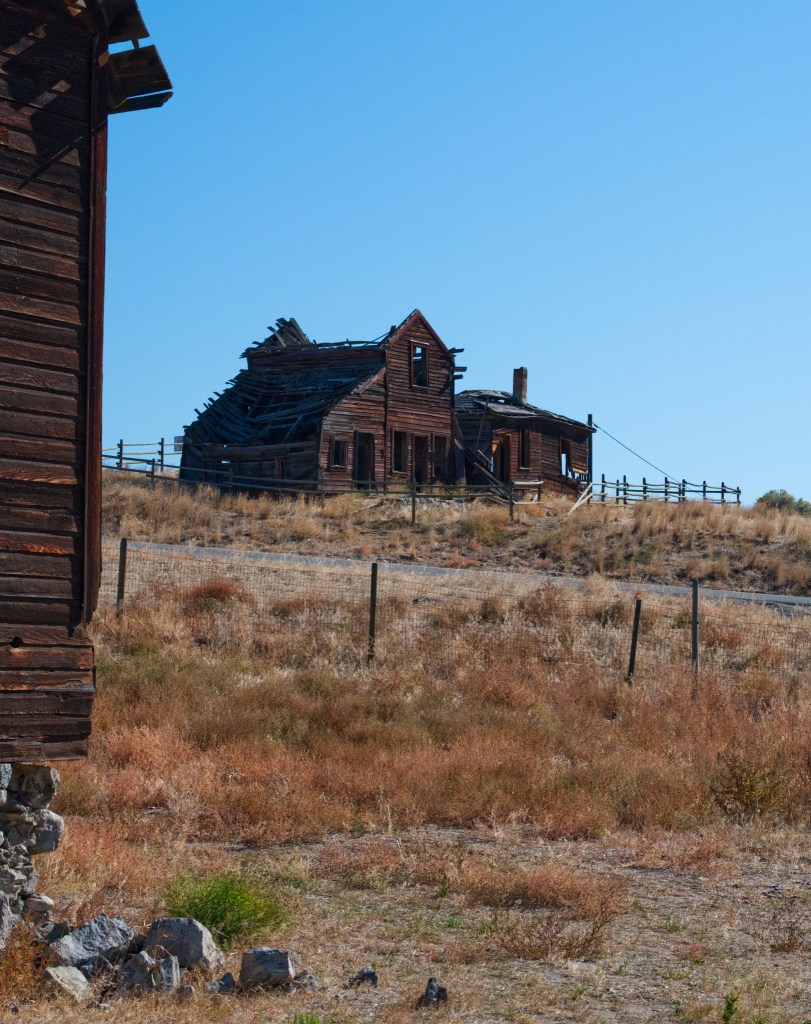Elevate your local knowledge
Sign up for the iNFOnews newsletter today!
Sign up for the iNFOnews newsletter today!
Selecting your primary region ensures you get the stories that matter to you first.

A cluster of decaying buildings on quiet, pastoral land in Osoyoos is the earliest permanent colonial settlement in the South Okanagan.
The Haynes Ranch was at the heart of cattle ranching in the area from 1860 to 1920, operating on 21,000 acres of ranch land. It is now an iconic landmark regularly drawing in visitors and photographers to capture the rustic charm of its remaining buildings: a ranch house, barn and bunkhouse.
The ranch house was built in the early 1860s for Judge John Haynes who was the first settler, colonial officer and judge in Osoyoos, and is known as the Father of Osoyoos, according to the Osoyoos Museum.
John worked as a customs officer at the Osoyoos/US border crossing, and later that decade, he started what became a vast cattle ranch covering parts of Osoyoos and Oliver. During this time many First Nations worked at the Haynes Ranch along with ranches in the Cariboo and throughout the Okanagan Valley.

John’s son Valentine Haynes was born in 1875, who later took over the ranch after John died in 1888.
Valentine was a cattle rancher who ran a pack horse supply train and was a foreman with the South Okanagan Lands Company cattle ranch, according to Regional District of Okanagan Similkameen Community Heritage Register.
Haynes Ranch is one of the few remaining in the Okanagan Valley that wasn’t subdivided for other uses.
By 1918, fruit growing was replacing cattle ranching as the primary land use and by 1920 the vast cattle ranches were divided into orchard lots. Cattle ranching still exists in the area on a far smaller scale.

The three remaining buildings are located near an oxbow on the north and south sides of Road 22 at the junction of Black Sage Road.
Built between 1880 and 1890, the ranch house is 1.5 storeys high with a fieldstone foundation and root cellar. Fieldstones are natural stones with assorted shapes.
While the age of the bunkhouse isn’t clear, the barn was built sometime around 1916, and has a fieldstone foundation and a gambrel roof. Gambrel roofs are symmetrical with two-sided slopes on either side. The upper slope has a shallow angle while the lower is steeper.
These structures began appearing in North America in the 1700s and were commonly used for barns.
Named after the family, Haynes Point Provincial Park is a peninsula that juts into Osoyoos lake roughly a kilometer south of the town.


News from © iNFOnews.ca, . All rights reserved.
This material may not be published, broadcast, rewritten or redistributed.

Want to share your thoughts, add context, or connect with others in your community?
You must be logged in to post a comment.
One response
After Judge Haynes death, the land and much more ended up in the hands of Tom Ellis, though foreclosure I believe. Ellis retired a rich man in London after selling virtually all land south of Penticton to a land development company which sold off lots for fruit farming.